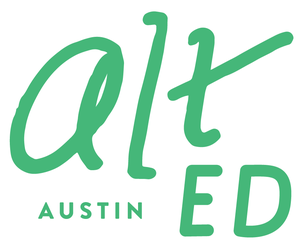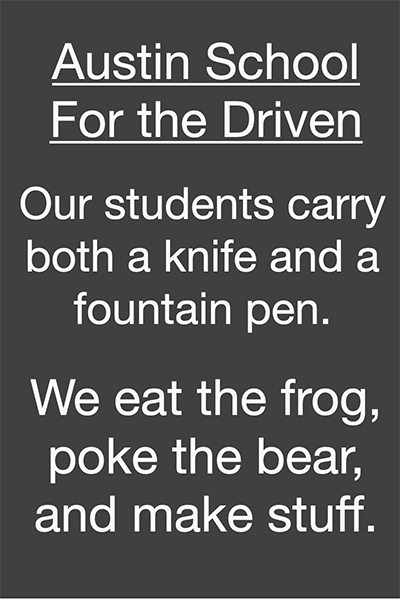Media Monday: The First Lady’s Diary
/First Lady Michelle Obama hugs a student during a tour of the WISE Summit Learning Labs during the 2015 World Innovation Summit for Education at the Qatar National Convention Centre in Doha, Qatar, Nov. 4, 2015. (Official White House Photo by Amanda Lucidon)
“You have no idea how powerful your voice can be if you choose to use it.”
On this Media Monday I’d like to recommend a terrific “diary” by First Lady Michelle Obama about her trip to Qatar and Jordan to visit schools and speak at a global summit on education. All the posts are written for young people of middle and high school age.
The diary may be of special interest to students right now because one of the schools Mrs. Obama visits in Jordan includes many children whose families are refugees from Syria.
The posts discuss girls’ education in particular, addressing the question of why as many as 62 million girls in the world are not in school. In clear, direct language and many beautiful photos, Mrs. Obama explains some of the circumstances that hold girls back from reaching their full potential, including lack of money, violence, and cultural prejudices.
For those who might want to learn more, she also mentions a White House–supported program that allows teachers and researchers to be involved in supporting education for girls all over the world and lets kids and community groups be involved by raising money for Peace Corps schools that empower girls. The program is Let Girls Learn.
And for kids who are interested in where the First Lady is going next, they can follow her on Twitter @FLOTUS or on Instagram @MichelleObama.
Shelley Sperry


















